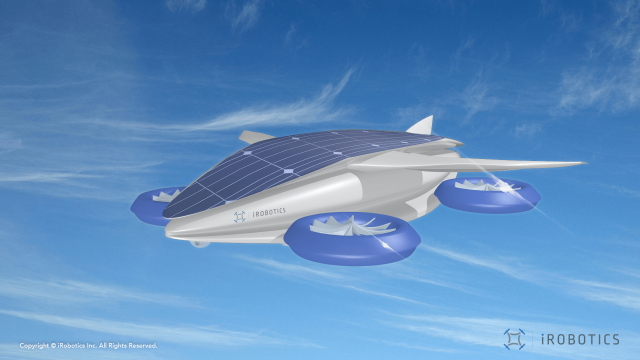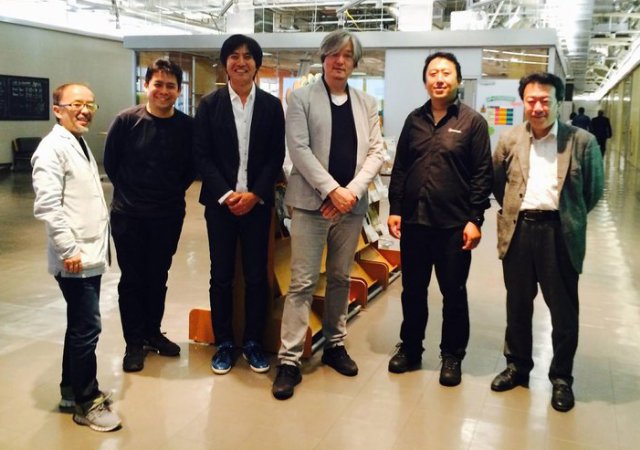 A Japanese drone start-up is throwing out a challenge to all comers for a drone race from Tokyo to San Francisco. Even if drones taking part will need AI, flight-control software, sensors and batteries that hardly exist today.
A Japanese drone start-up is throwing out a challenge to all comers for a drone race from Tokyo to San Francisco. Even if drones taking part will need AI, flight-control software, sensors and batteries that hardly exist today.
“We generally get two reactions when talking about the race. Mostly people think we’re crazy, but within the drone industry they generally think that if we can find solutions to the central issues, then it’s definitely doable,” Yoshiyasu Ando, CEO of iRobotics, says.
He and his colleagues are hoping to emerge as winners of the race before the end of 2018.

iRbotics team
Accelerating towards the future of drones
The challenge set by iRobotics is startling, considering it began in 2016 as a meeting of minds of a small group of Japanese technology and drone experts who wanted to map the potential of drones. Something that quickly proved difficult.
“Drones and the technologies around them are developing so fast that it’s impossible to keep up. The new possibilities opening up all the time are amazing,” Kazunori Saito, CFO of iRobotics and leader of Singularity University Tokyo Chapter, says.
“We can’t reveal the exact details, but our drone is under rapid development and the issue of battery power is one we see being solved in the near future by a Japanese company we’re collaborating with. That being said, we need competition to make it happen. Like in sports, competition in technology helps to push you on, making both you and your competitors better,” Kazunori Saito says.
Another factor that the team hopes to add is a cash prize for winning.
“At the moment, teams taking part would be competing for the honour – as well as the many obvious business opportunities that would arise from winning the race,” Kazunori Saito says.
It might initially sounds strange, but iRobotics are hoping that giants like Boeing, Airbus, Google and many others will rise to the challenge. The Japanese start-up is not afraid of taking on companies that are easily 1,000 times bigger than them.
“It’s a gamble, of course. However, we feel that the race is a unique proposition that can help develop drones. We are pushing technology, making it capable of solving some of the challenges the human race faces. At the same time, it’s no secret that we’re hoping to make a profit, which I don’t think is wrong. It’s a situation where we’re having fun working on something we’re passionate about, which we believe will have a positive impact on the world, while challenging the idea of what can and can’t be done. It’s pretty much a perfect recipe,” Yoshiyasu Ando says.
Source: Redbull Technology

The Global Hawk did it 13 years ago. Please send cash award to Northrop Grumman Corporation.
The Global Hawk was not battery powered or even electric. It appears that this competition is for solar electric powered VTOL vehicles.
They seem to make this sound like it is a major gamble for iRobotics when in reality if any let alone all of those companies take the challenge they (iRobotics) win because they have gotten huge companies to throw money at research that they can boot strap from for their own projects. Win-Win for iRobotics.
My nephew (John Becker) flew a drone from Australia to the Northwestern United States in connection with his Doctors Degree. They used the prevailing winds and solar power. I believe the drone was about six feet long.
The drone and drone flight was not that expensive. More like gliding across the ocean.
required the use of GPS ect. and some programing.
the travel took a while, but it was sure a lot easier than building a ICBM. I don’t think the flight left much of a foot-print.